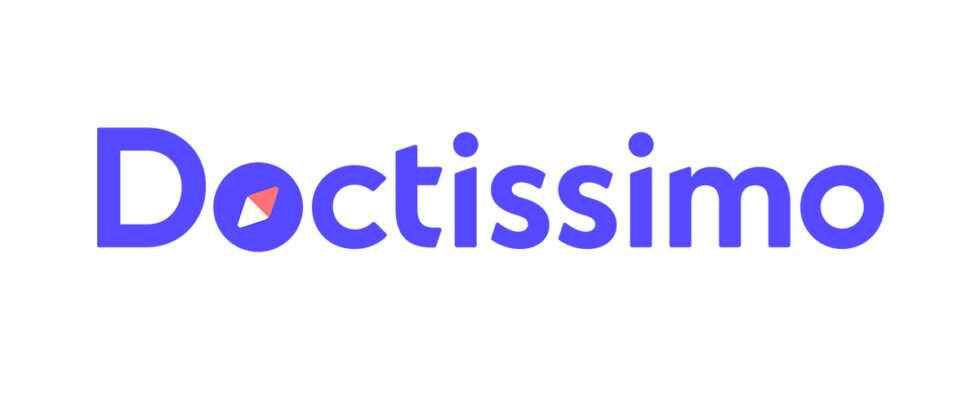Published 1 day ago,
Reading 2 mins.
HAS publishes official guidelines for chronic diseases that may benefit from remote monitoring covered by social security.
In experimentation since 2014, remote monitoring should come into force in the reimbursements of common law, no later than July 1, 2022. Like teleconsultation and teleexpertise, it should therefore be supported under certain conditions by the public authorities.
5 chronic diseases concerned for the moment
As a result, the HAS has published 4 guidelines framing the management of 4 pathologies by remote monitoring.
- for diabetes
- chronic renal failure
- Chronic respiratory failure
- Chronic heart failure
A fifth standard should be published concerning telemonitoring for implantable cardiac prostheses for therapeutic purposes in the coming weeks.
What are these repositories?
These official brochures were designed with health and paramedical professionals, trade unions representing manufacturers and service providers and distributors of equipment for each disease concerned. Their goal: to define the scope of care for an optimal quality of care according to several criteria including:
- Prescription conditions in telemonitoring
- The minimum requirements for the use of digital medical devices and collection accessories related to pathology
- The conditions for distributing remote monitoring accessories to the patient
- The team of professionals involved in remote monitoring
- The necessary qualification of these
- The organization of the telemonitoring framework (at home, in a health establishment, in a health centre)
- The minimum necessary to ensure good continuity of remote monitoring (number of people needed in the monitoring team, equipment)
- Monitoring the use of remote monitoring (conditions for reimbursement)
What is medical telemonitoring?
Remote monitoring is an act that is part of what is called telemedicine. This area is defined as follows by article R. 6316-1 of the Public Health Code: it “aims to enable a medical professional to remotely interpret the data necessary for the medical follow-up of a patient and, if necessary, to take measures relating to the care of this patient. Recording and transmission of data can be automated or carried out by the patient himself or by a health professional”.
In other words, it makes it possible to monitor care or make decisions remotely for certain chronic diseases.
Telesurveillance, teleconsultation, teleexpertise: the difference?
Telemedicine has certainly experienced a particular advent since the health crisis and confinement, but it has been in experimentation since 2014. The program responsible for evaluating the conditions, rules and effectiveness for the generalization of remote medicine and its entry into force for the reimbursement of common tax is called ETAPES.
In telemedicine, there are 5 areas:
- Teleconsultation: consultation between a patient and a doctor
- Teleexpertise: a doctor consults one or more experts for a medical opinion or a request for assistance
- Remote monitoring: medical monitoring and interpretation of data necessary for remote medical monitoring
- Telecare: consultation between a pharmacy or medical assistant and a patient
- Remote assistance: allow a medical professional to remotely assist another healthcare professional during the performance of an act
